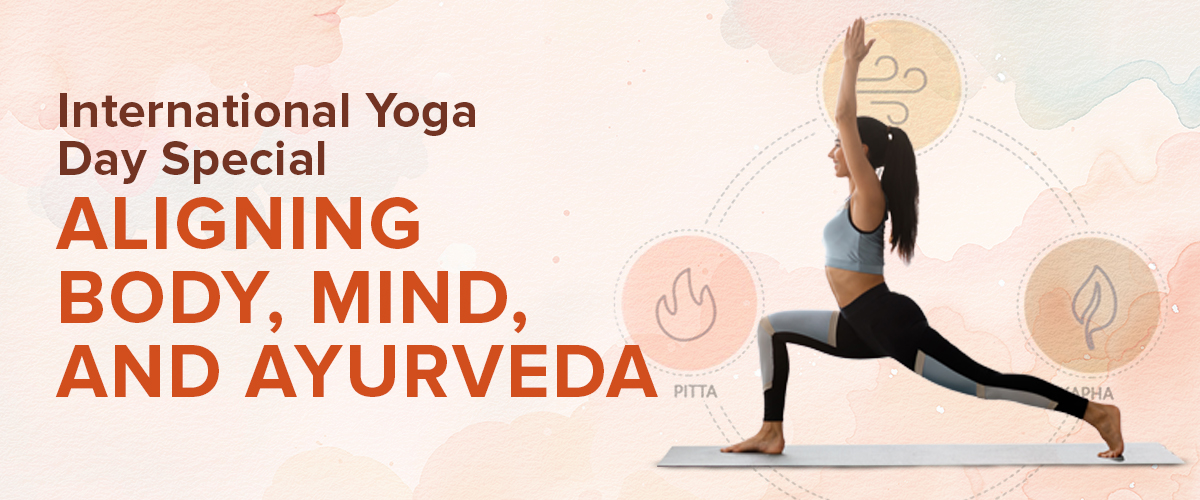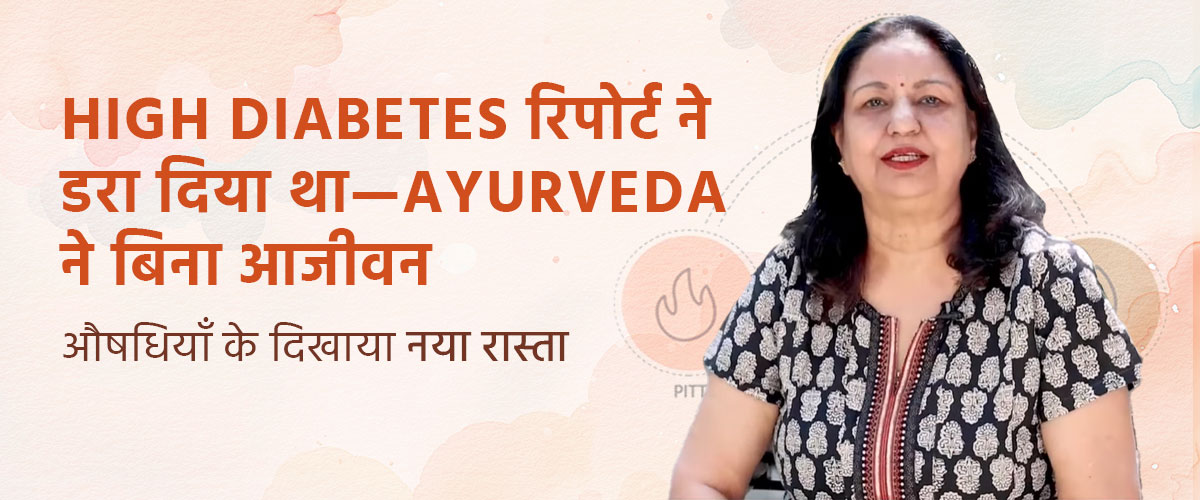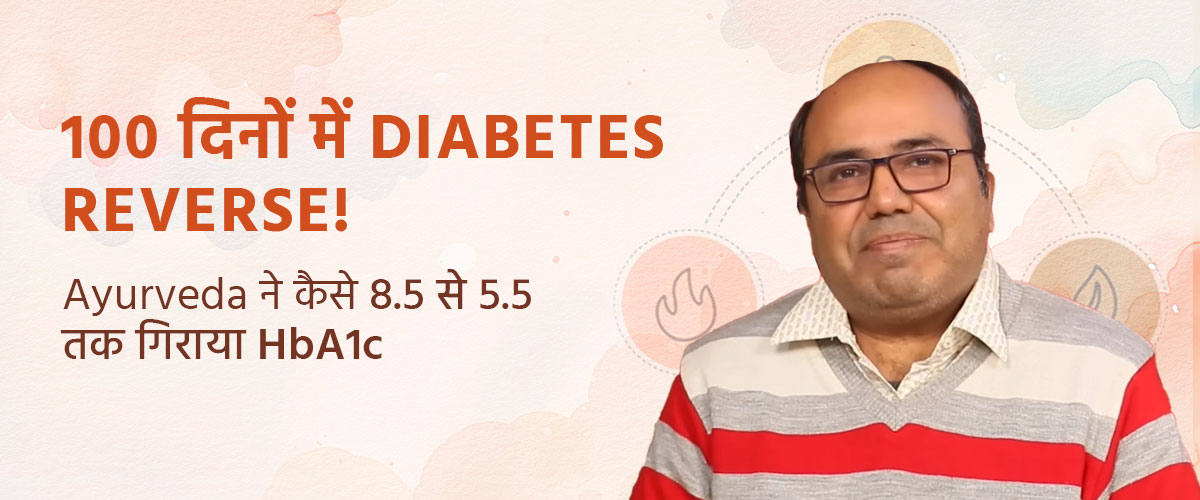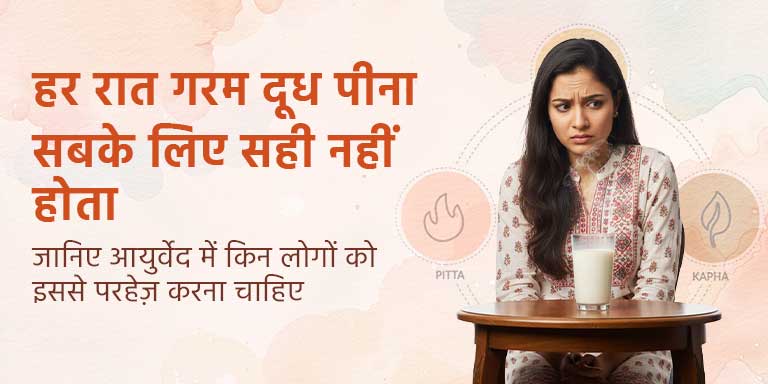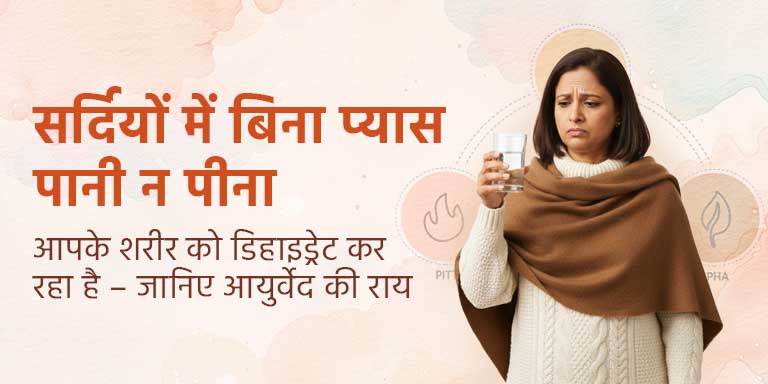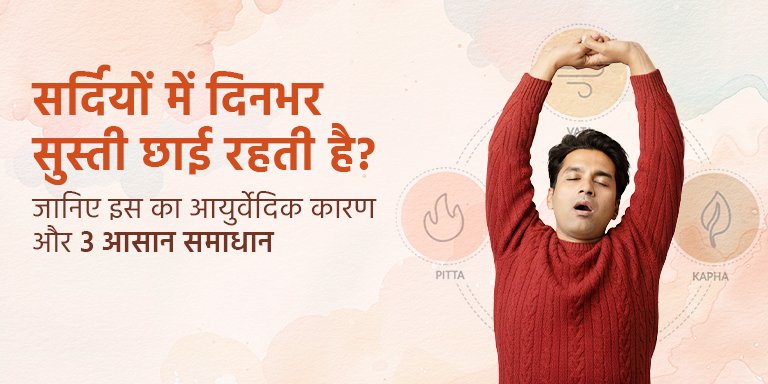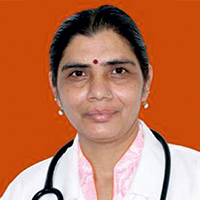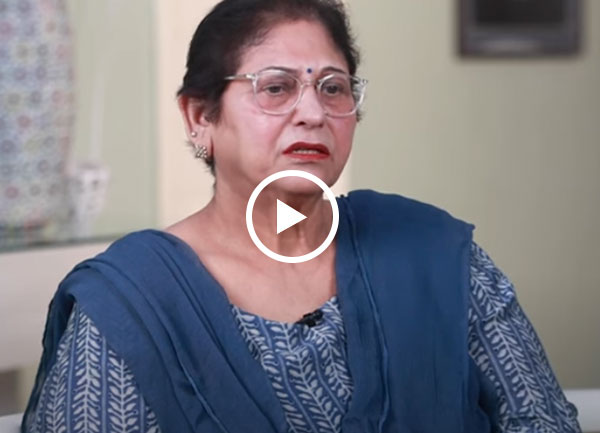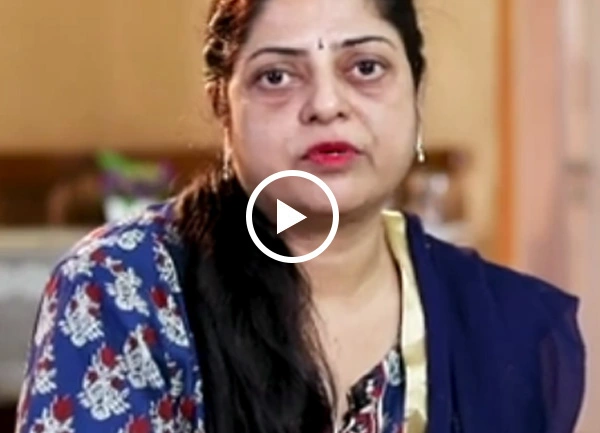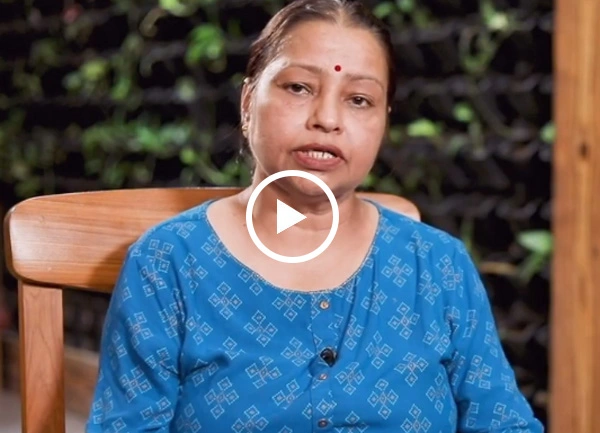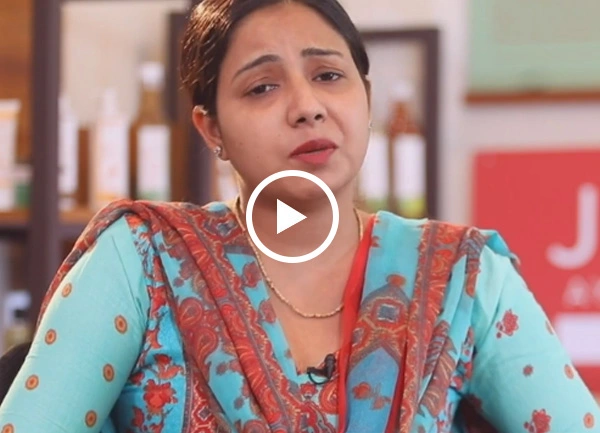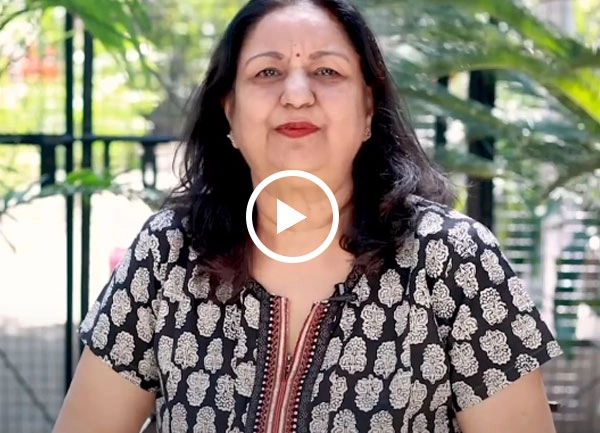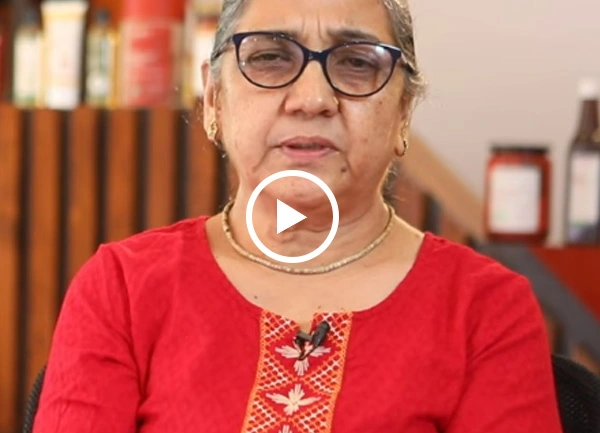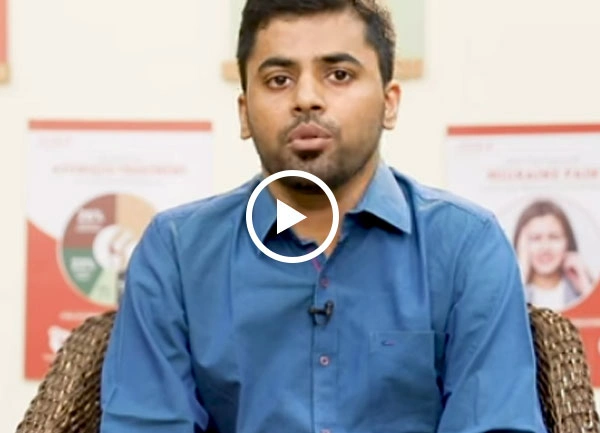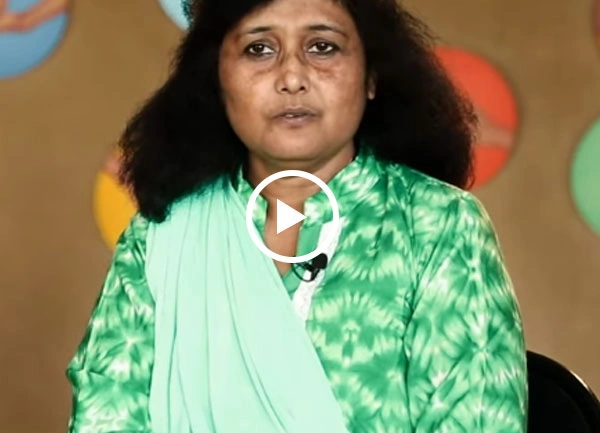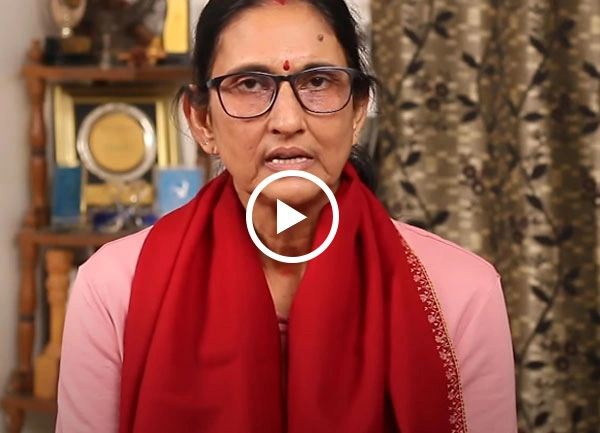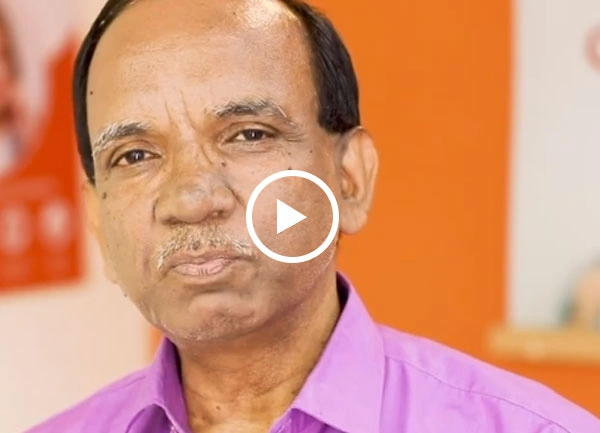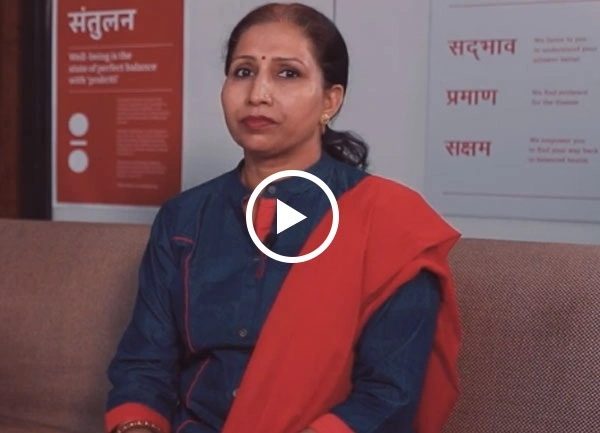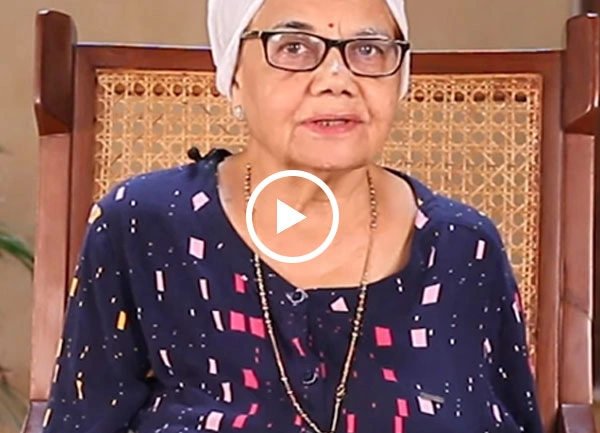Traditional wellness practices have deep roots in India. A 2021 Pew Research Centre survey found that 35% of Indian adults have at least once practiced yoga in their lives. Meanwhile, a 2024 survey conducted by the Ministry of Statistics & Programme Implementation reported that approximately 46% of rural and 53% of urban people used AYUSH (including Ayurveda) for prevention or treatment of ailments in the past year, Ayurveda being the most widely used system in both rural and urban areas.
What Makes Yoga and Ayurveda a Healthy Combination?
Yoga and Ayurveda are ancient Indian practices whose main aim is to improve your health. Yoga is not simply physical exercise; it involves movement, breathing and meditation for your complete physical and mental health. Ayurveda is a traditional system of medicine that concentrates on balancing the energies (doshas) of your body: Vata, Pitta and Kapha.
Shared Philosophical Roots
Both Ayurveda and Yoga originate from old Indian philosophy and aim to bring harmony in your body, spirit and mind. They are related systems which together offer a holistic approach to health.
Complementary Practices
Whereas yoga concentrates on physical postures and breathing to improve your body and calm your mind, Ayurveda helps you with recommendations on diet, herbal medicines and lifestyle based on your specific body constitution or Prakriti. Together, they address everything from your physical fitness to mental clarity.
Mind-Body Balance
Yoga and Ayurveda in your daily life can help maintain balance in your energies, thus improving your digestion, sleep, stress and vitality. When you clearly understand your unique body constitution and adopt suitable practices, you can achieve optimal health.
Pro Tips:
- Start your day with a quick Yoga session.
- Include Ayurvedic diet principles by choosing foods that balance your dosha.
- Try mindfulness or meditation in the evening to quiet your mind.
How Do Ayurveda and Yoga Combine to Bring Mind-Body Balance?
You must have heard people say “mind-body balance” when talking about wellness, but what does it really mean? Put simply, it is when your body feels pain-free and energetic and your brain seems clear and calm. That's the kind of balance Yoga and Ayurveda help you achieve.
A Holistic Approach to Health
Yoga is one side of Ayurveda. Whereas yoga emphasises on movement, breath, and mindfulness, Ayurveda focuses on food, routine, and natural healing. Yoga helps you stretch the body, increases blood flow and releases mental stress through breathing and meditation. Ayurveda instead tells you what to eat, when to sleep and what herbs or treatments work best for your body type (your Prakriti).
Why Is Integration of Yoga and Ayurveda Important?
Stress, poor sleep and digestion are common problems nowadays. You might exercise or eat healthy but without a complete system, you can't stay balanced very long. That is where Ayurveda and Yoga come together. When you do yoga and also eat as per your body’s needs, have a relaxing evening routine and use herbs that suit you, your mind and body work in harmony.
What Is the Philosophical Foundation Behind Yoga and Ayurveda?
Yoga and Ayurveda both have philosophical roots which are thousands of years old. Both these systems derive from the Vedas, ancient Indian texts that guide you on living a healthy life. And although yoga has different methods, the goals are closely related to Ayurveda.
What Can Yoga Teach You?
Yoga essentially means "union", i.e., of the mind, body, and spirit. The bigger objective is making you feel connected to yourself and the outside world. It also leads you to moksha, i.e., freedom from stress, suffering, confusion and imbalance. Nobody must be a saint or a monk to take this path. Even daily yoga practices can calm your thoughts and build self-awareness.
What Can Ayurveda Teach You?
Ayurveda means "science of life." It shows you how you can live in balance with nature and your body. The idea is simple: You are healthy when your inner energies are balanced. These energies are called doshas, i.e., Vata (movement), Pitta (heat) and Kapha (stability). Everyone has all three but in different proportions.
If your dominant dosha is out of balance, you can feel ill, tired or anxious. The goal of Ayurveda is to restore it to normal with a balanced diet, natural herbs and daily habits.
A Common Vision for Health and Growth
Yoga concentrates more on the mind and spirit while Ayurveda focuses on the body and its alignment. But both aim for the same thing at the end - self-realisation and lasting health. When you follow both together, you don’t just live, rather you live with purpose, awareness, and balance.
How Can You Personalise Your Yoga Practice With Your Dosha?
Not every yoga pose is right for everyone. That's where Ayurveda-yoga synergy comes in, to help you customise yoga to your body type, or dosha.
What Are the Three Doshas?
Your body and mind are governed by three energies or doshas in Ayurveda:
- Vata is associated with air and space. If your Vata is dominant, you will feel energetic, creative, but anxious and dry.
- Pitta is associated with fire and water. If you have high Pitta, you may be focused, driven but irritable or overheated easily.
- Kapha is connected with earth and water. If you are a Kapha type, you might be calm and strong but may feel slow or gain weight easily.
To identify your dosha, consult an Ayurvedic expert.
Yoga Asanas for Each Dosha
To balance your energy, choose yoga poses that calm what’s in excess.
- Vata: Take slow, grounding poses such as Child's Pose (Balasana), Mountain Pose (Tadasana) and Forward Folds.
- Pitta: Pick cool, calming poses such as Cobra Pose (Bhujangasana), Seated Forward Bend (Paschimottanasana), or Moon Salutations.
- Kapha: Pick energetic poses such as Surya Namaskar, Chair Pose (Utkatasana) and Twists.
Align with Time & Season
- Vata season: Winter - practice grounding yoga.
- Pitta season: Summer - do cooling, calming yoga.
- Kapha season: Spring - choose energising, active flows.
Best Yoga Times
- Vata time: Early morning with gentle movements.
- Pitta time: Late morning/early evening with cooling poses.
- Kapha time: Early morning with energising flows.
What Type of Pranayama Suits Your Body Type?
Your breath is more powerful than you think. In Ayurveda and yoga, pranayama (controlled breathing) is considered to be the secret to balancing your mind and body. As with yoga poses, different breathwork types suit different body types or doshas. Matching your breathing practice to your dosha helps make you calmer, more energetic and more focused.
Why Is Breath Important?
Breath controls prana, your life force or energy. Shallow or fast breathing may disturb this energy and lead to anxiety, anger, or fatigue. But regular pranayama makes you feel light, clear-headed and more in charge of your feelings.
Best Pranayama for Your Dosha
Vata (Air & Space elements)
- If you are anxious, restless or forgetful, you may need calming breathwork.
- Try Nadi Shodhana (Alternate Nostril Breathing).
- It calms your nervous system, reduces anxiety, and also helps with mental fog.
Pitta (Fire & Water elements)
- If you get hot, angry or frustrated easily, cooling techniques are best.
- Try Shitali Pranayama (Cooling Breath).
- It cools your body, soothes irritation, and helps you relax.
Kapha (Earth & Water elements)
- If you feel lazy, heavy, or slow, energising breathwork helps.
- Try Kapalabhati (Skull-Shining Breath).
- It improves your metabolism, clears your lungs, and improves focus.
Pro Tips
- Begin with 5 minutes a day, if you are new to pranayama.
- Always practise on an empty stomach, that too in the early morning or 2-3 hours after eating.
- Sit in a quiet space with your spine straight for better results.
How Does an Ayurvedic Diet Improve Your Yoga Practice?
What you eat directly impacts how you feel during and after your yoga practice. In Ayurveda, food is considered medicine and not just your daily fuel. When your diet matches your dosha, it supports better digestion, flexibility and energy, making yoga more effective and enjoyable.
Eat According to Your Dosha
Vata (Air & Space) - Needs warm, soft, grounding foods such as soups, stews, rice and root vegetables. These prevent dryness and anxiety.
Pitta (Fire & Water) - Eat cool and calming foods like cucumbers, melons, coconut and green vegetables. These reduce heat and irritation.
Kapha (Earth & Water) - Eat light, dry and spicy foods like lentils, apples and bitter greens to reduce heaviness and sluggishness.
Why Eating Fresh and Seasonal Food Is Better for Your Body
Ayurveda always suggests eating what's grown in your region and season. These foods are suited to your body and help keep you in balance. For example, watery fruits in summer cool the body while warming grains and spices in winter are best.
Poor digestion can make you bloated or tired, making it hard to stretch or concentrate during yoga. A good Ayurvedic diet strengthens your digestive fire (Agni) and increases flexibility, stamina and mental clarity.
Pro Tips
- Avoid large meals before yoga. Give at least 2-3 hours for digestion.
- If you're Vata type, use warming spices like ginger and cinnamon.
- If you're Pitta kind, add cooling herbs like coriander and mint.
- If you're Kapha kind, choose light meals with spices such as black pepper and turmeric.
Ayurvedic Lifestyle Habits For Better Health
Your daily routine or Dinacharya is as important as yoga and diet. Starting and ending your days with small, mindful habits helps calm your mind and your body.
Build a Simple Morning Routine
- Wake up early (best before sunrise).
- Wash your mouth and tongue.
- Drink warm water.
- Gentle yoga and pranayama.
- Warm shower or abhyanga (self-massage with oil).
Self-Care Throughout the Day
- Take short breaks, eat frequently and drink sufficient water. Avoid multitasking, especially when you are eating food.
Sleep & Night Rituals
Wind down with light stretching or Yoga Nidra before bedtime. Avoid screens and heavy food late at night. By 10 PM, go to bed to let your body repair naturally.
Pro Tips
- Fix your wake-up and sleep times. Your body likes to be on routine.
- Vata problems like dry skin or anxiety can be treated with daily self-massage with sesame oil.
Practicing Mindfulness and Meditation for Inner Peace
In both yoga and Ayurveda, a calm mind is essential for true wellness. Mindfulness and meditation help you observe your thoughts, reduce stress, and feel more present in daily life.
How Does It Help?
- Reduces anxiety and overthinking.
- Improves focus and decision making.
- Helps you respond instead of reacting to situations.
- Establishes emotional strength over time.
Techniques to Try
Breath awareness: Just observe your natural breath. This helps to calm your nervous system.
Mantra meditation: Recite calm words like Om to centre your mind.
Guided visualisation: For example, imagine a peaceful place or healing light to release stress.
Begin Holistic Living with Ayurveda this International Yoga Day 2025
International Yoga Day 2025 is on 21st June 2025. This is another reminder to look deeper into your lifestyle and health. This is also the time to experience Ayurveda-yoga synergy for improving your movement, food habits, and routine, all working together for your mind-body wellness.
How Can You Begin?
Not everything has to be changed right away. You can start small:
- Add 15 minutes of yoga to your routine in the morning.
- Consume fresh, simple meals that feel good to your body.
- Try simple Pranayama like alternate nostril breathing (Nadi Shodhana).
- Fix a sleep schedule and stick to it.
If carried out daily, these little steps can make you feel more balanced and in control.
For suggestions on where to begin, you can also consult an Ayurvedic expert. They can explain your dosha, suggest yoga postures and diet suggestions. This personal guidance can accelerate your path to health.
International Yoga Day is the time to embrace a more holistic lifestyle. When you embrace yoga and Ayurveda together, you not only treat your symptoms but you also become a healthier, happier and more balanced version of yourself.
Conclusion
You deserve an active body, a calm mind and an energetic spirit throughout the day. That's what yoga and Ayurveda together can provide. It is not about accomplishing everything perfectly but about taking tiny, meaningful steps that suit your body and your lifestyle.
Start where you are, use what you have and take one step at a time. Start your journey toward better health with Jiva’s trusted Ayurvedic experts. Call our certified doctors at 0129-4264323 and get guidance that’s customised for you.



